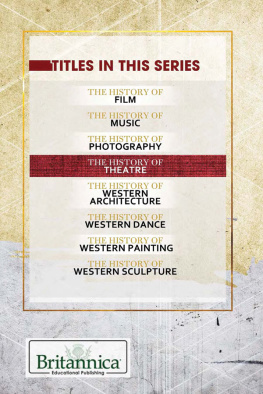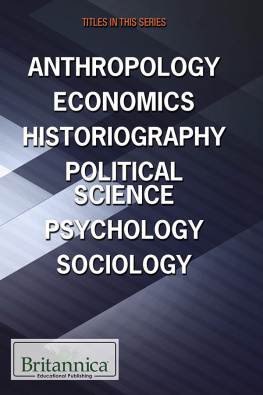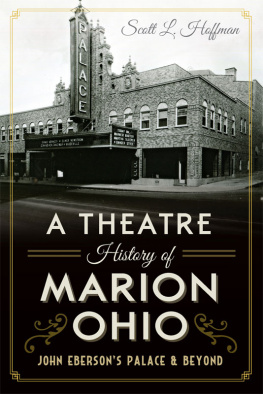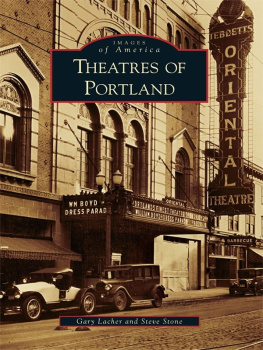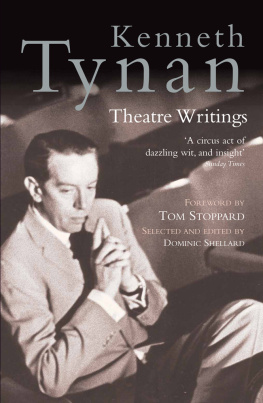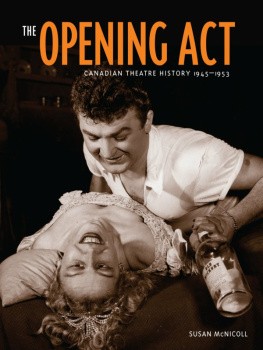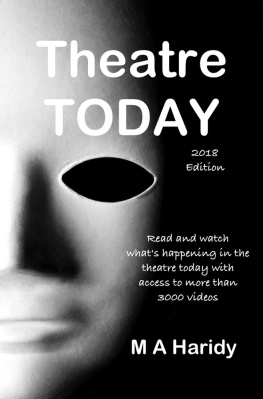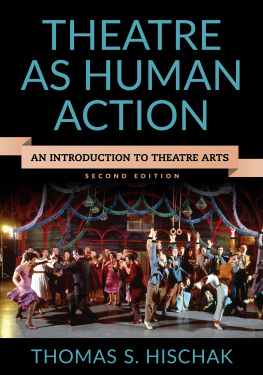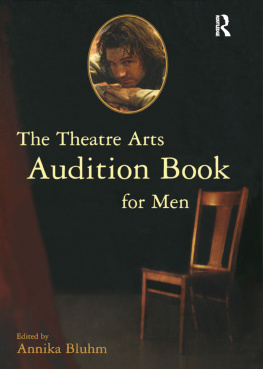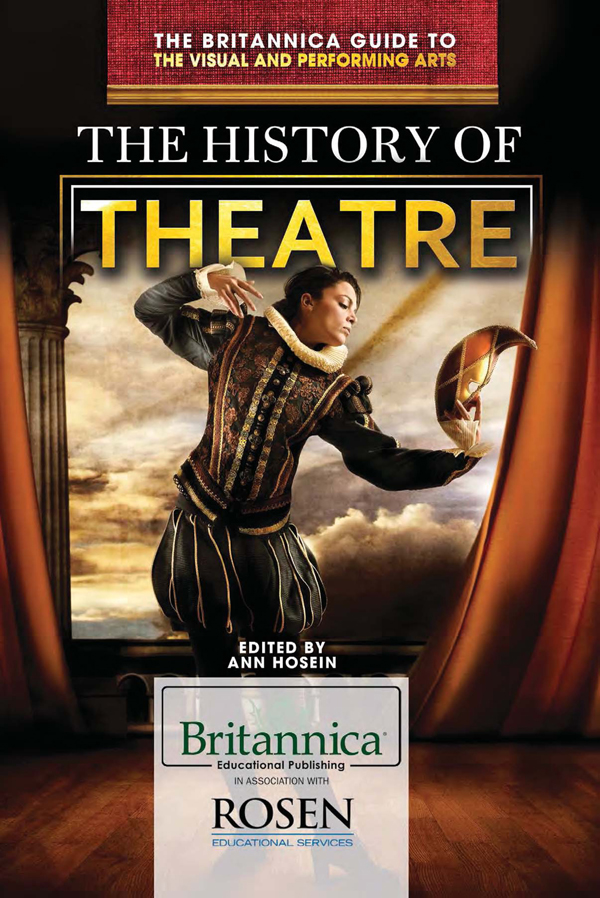
Published in 2016 by Britannica Educational Publishing (a trademark of Encyclopdia Britannica, Inc.) in association with The Rosen Publishing Group, Inc.
29 East 21st Street, New York, NY 10010
Copyright 2016 by Encyclopdia Britannica, Inc. Britannica, Encyclopdia Britannica, and the Thistle logo are registered trademarks of Encyclopdia Britannica, Inc. All rights reserved.
Rosen Publishing materials copyright 2016 The Rosen Publishing Group, Inc. All rights reserved.
Distributed exclusively by Rosen Publishing.
To see additional Britannica Educational Publishing titles, go to rosenpublishing.com.
First Edition
Britannica Educational Publishing
J.E. Luebering: Director, Core Reference Group
Anthony L. Green: Editor, Comptons by Britannica
Rosen Publishing
Hope Lourie Killcoyne: Executive Editor
Ann Hosein: Editor
Nelson S: Art Director
Michael Moy: Designer
Cindy Reiman: Photography Manager
Introduction and supplementary material by Joe Greek
Library of Congress Cataloging-in-Publication Data
The history of theatre/edited by Ann Hosein.
pages cm.(The Britannica guide to the visual and performing arts)
Includes bibliographical references and index.
ISBN 978-1-6804-8083-2 (eBook)
1. TheaterHistoryJuvenile literature. I. Hosein, Ann, editor.
PN2101.H58 2015
792.09dc23
2014038927
Photo credits: Cover, p. i Colin Anderson/Photographers Choice/Getty Images; p. ix Charles Sykes/Invision/AP Images; p. 6 mountainpix/Shutterstock.com; p. 11 anastasio71/Fotolia; pp. 20, 3435 Mary Evans Picture Library/The Image Works; pp. 2425 Prisma Archivo/Alamy; p. 36 Jorg Hackemann/Shutterstock.com; p. 41 Devonshire Collection, Chatsworth/Reproduced by permission of Chatsworth Settlement Trustees/Bridgeman Images; p. 50 Georgios Kollidas/iStock/Thinkstock; p. 69 CFL - Giraudon/Art Resource, NY; p. 72 Private Collection/Peter Newark American Pictures/Bridgeman Images; p. 77 Courtesy of the Henry E. Huntington Library and Art Gallery, San Marino, California; p. 95 Hulton Archive/Archive Photos/Getty Images; p. 101 Robert F. Balazik/Shutterstock.com; p. 105 The Yomiuri Shimbun/AP Images; p. 108 Wu Gang/Liaison International; p. 111 Lee Snider Photo Images/Shutterstock.com; p. 115 Aleksandar Todorovic/Shutterstock.com; p. 119 Gamut Stock Images/Fotolia; pp. 126127 col/Shutterstock.com; p. 132 Robert Charlotte/Maxppp/Landov; pp. 138139, 164165, 172 AP Images; p. 143 Robert R. McElroy/Archive Photos/Getty Images; pp. 148149 RIA Novosti/Alamy; p. 153 Lionel Hahn/MCT/Landov; p. 156 BasPhoto/Shutterstock.com; p. 159 FGA/Landov; pp. 166167 imageBroker/Alamy; pp. 182183 Mashkov Yuri/ITAR-TASS/Landov; cover and interior pages graphic elements David M. Schrader/Shutterstock.com, E_K/Shutterstock.com, Valentin Agapov/Shutterstock.com, argus/Shutterstock.com, Iakov Filimonov/Shutterstock.com.
CONTENTS
C ommunication is the most powerful tool of artistic expression we have as human beings to gain insight into one another. It harnesses the creative ability to bring us closer together. Yet, at the same time, it also has the destructive capability to divide us. Since the emergence of modern humans (homo sapiens) approximately 200,000 years ago, communication has evolved through facial gestures, drawing, speech and language, and even song and dance among other forms. However, it was the invention of writing in about 3100 BCE that truly gave us a practical method for preserving our own history so that future generations might benefit from it.
Throughout recorded history, the art form of theatre has been ever-present. In itself, the concept of theatre is essentially another way of saying communication. It has the power to convey thoughts and even tap into our subconscious to make us explore our own thought processes and emotions. Theatre is not merely words on paper. It is a living, breathing art form that combines words, body language, costume, makeup, set design, and even the spontaneous reactions of an audience.
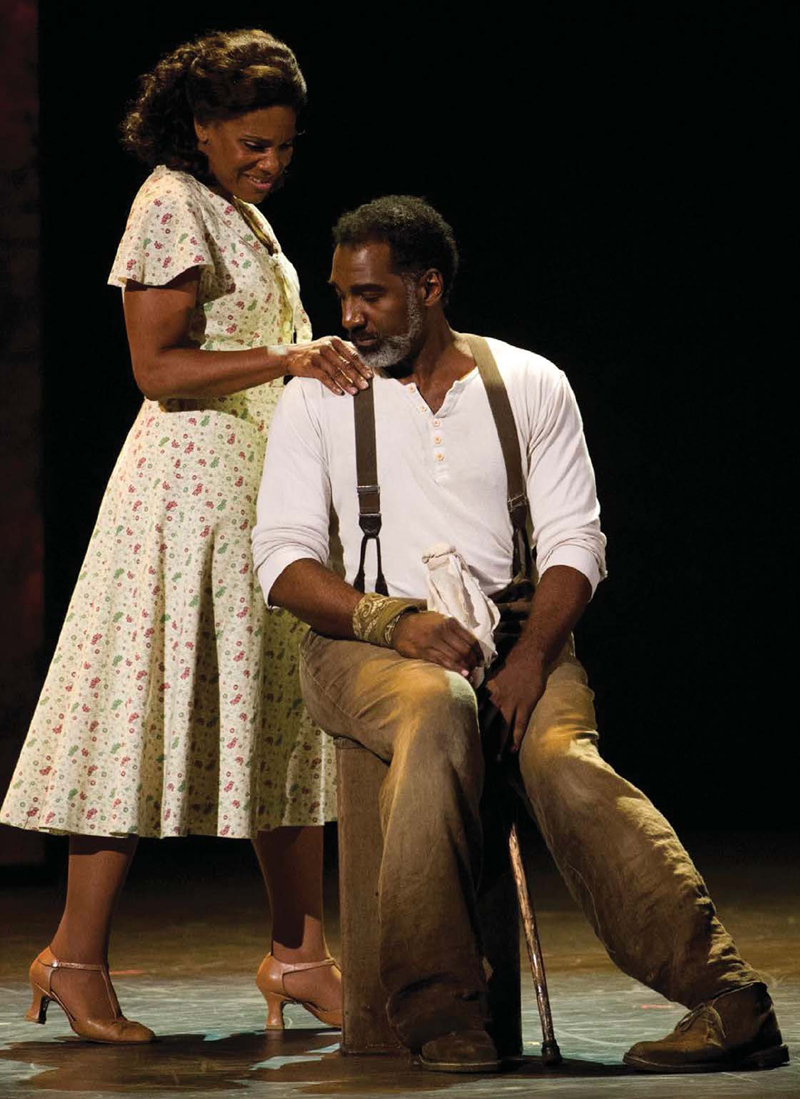
Audra McDonald and Norm Lewis performing in The Gershwins Porgy and Bess in 2012.
Theatres reliance on different arts weaved together forms a multilayered expression of human life. The script, much like a houses foundation, is the first layer from which the performance is built. The actors provide body, voice, and imagination to what was merely an outline for what the author wants to convey from his or her own mind. No two actors will give the same performance of a character. Costuming and set design provide the backdrop that actors can play off of and gives the audience context. Great theatrical performances occur when the various elements combine into a purposeful harmony. It is a performance in which the script is successfully communicated through skillful acting in a setting that is equal in visual impact.
Within the pages of this book, the rich history of theatre is traced from its earliest known origins until modern day. The evolution of theatre has so often paralleled significant changes within human society, culture, and nature. Unfortunately, what we currently know about the art of theatre can only be traced as far back as written history allows. Nonetheless, within that small time frame in human history, it would still be nearly impossible to provide the deserved attention to every notable event within this art form, the great performers that have come and gone, and the countless performances that have moved audiences around the world.
By revealing its past accomplishments in this book, we can understand theatres vast qualities and potential as a driving force behind changes in culture. In making the comparison of theatre as a reflection of our collective subconscious, we can also see how the different eras of the art form have reflected growing desires for new breath in our own lives, whether through changes in governments, religions, or through conflict and war.
Noting the popular expression, Rome wasnt built in a day, we can most certainly accept the notion that the creation of theatre was not a spontaneous event in itself. Indeed, the theatrical performances we can experience today have evolved over centuries. However, we can also only speculate about the origins of theatre. In its infancy, though, there are arguments to the effect that theatre may have evolved from symbolic rituals practiced by primitive human beings. As you will learn in the first chapter of this book, ritualsoften of a religious naturemost likely played an important role in the early development of theatre. This is true for most forms of theatre throughout human history.
Ritualistic obligations aside, humans have always had a desire for pleasure through performance. The drive to evoke an emotion from another person, such as happiness, sorrow, or anger, is almost an inherent trait that has been passed from generation to generation. Children on a playground, for example, often unknowingly engage in performances with each other that involve the roles of antagonist and protagonist, such as pretending to be superheroes and villains. When we look at the early theatre of ancient Egypt and Greece in the first chapter, we find that performances moved further away from a ritualistic necessity to please the gods and more toward a broader form of entertainment aimed at appealing to the desires of the audience. In ancient Greece, for instance, the development of the dramatic genres, tragedy and comedy, used legendary characters and elaborate masks to enthrall audiences. During this same period in history, the popularity of theatre also helped it to become increasingly viewed as a cultural institution within society.

